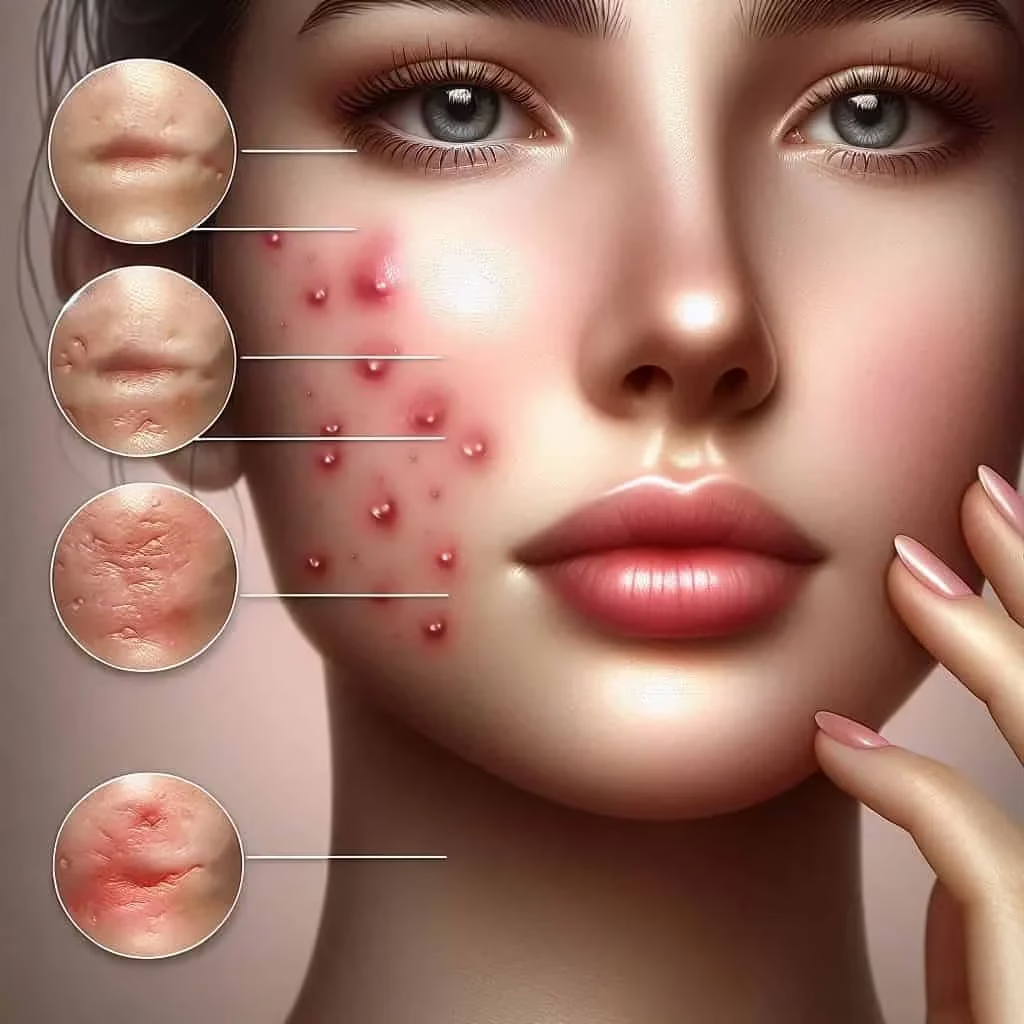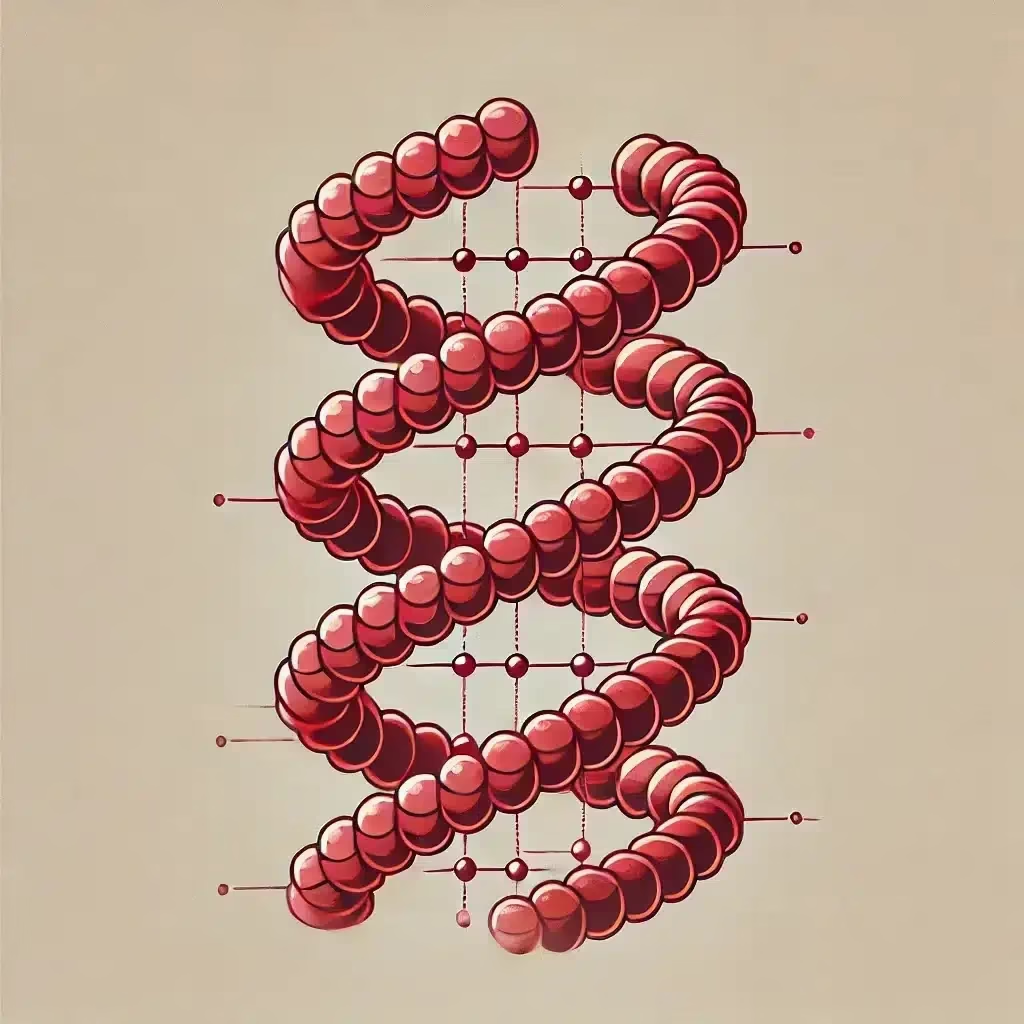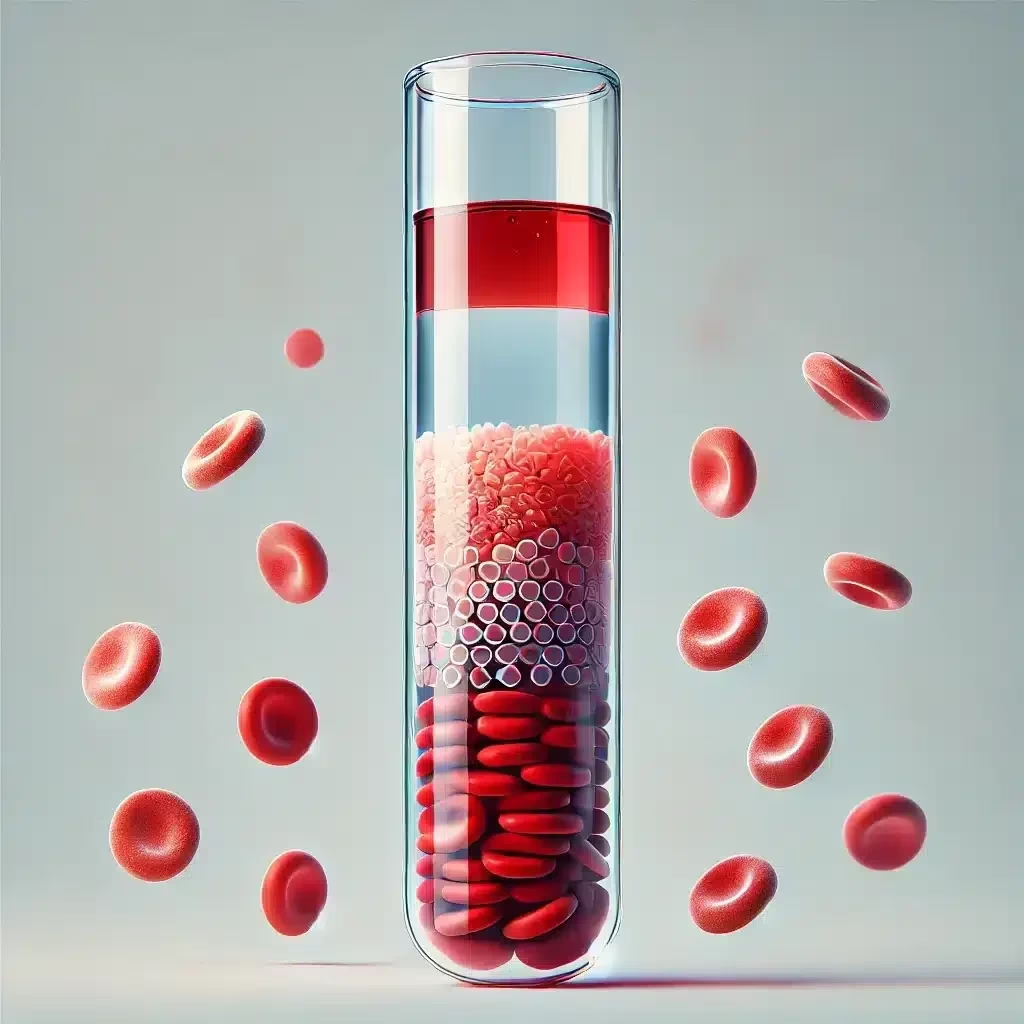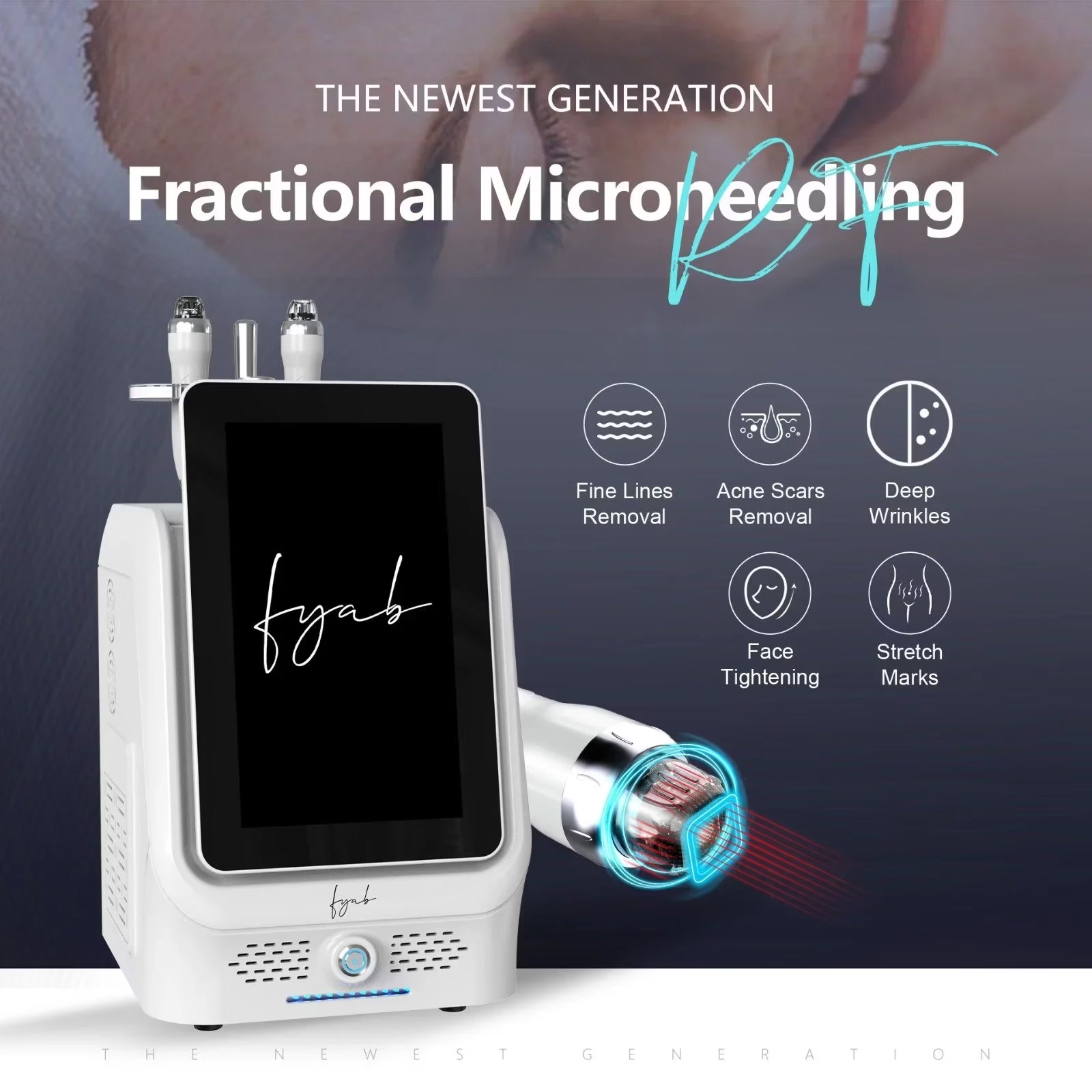Microneedling and radiofrequency microneedling are two popular, minimally invasive skin rejuvenation techniques that aim to improve skin texture, reduce the appearance of scars, and promote collagen production. While both treatments involve the use of tiny needles to penetrate the skin, RF microneedling incorporates radiofrequency energy to enhance the results. This comparison will examine the scientific evidence supporting each technique, highlighting their respective mechanisms, efficacy, and safety profiles.
Standard Microneedling: Mechanism and Evidence
Mechanism of Action
Microneedling, also known as collagen induction therapy (CIT), involves using a device equipped with fine needles to create controlled micro-injuries on the skin’s surface. These micro-wounds stimulate the body’s natural wound-healing processes, promoting the production of collagen and elastin, which are crucial for skin firmness and elasticity. This technique has gained popularity for treating various skin concerns, including acne scars, fine lines, and skin laxity.
Clinical Evidence on Efficacy
A growing body of scientific literature supports the effectiveness of microneedling for skin rejuvenation. A 2017 study published in the Journal of Cosmetic Dermatology found that microneedling significantly improved skin texture and reduced acne scarring in patients after multiple sessions, with minimal downtime and low risk of adverse effects (Alster et al., 2017). Another review article in Dermatologic Surgery concluded that microneedling is beneficial for treating facial scars and can be used as a standalone treatment or combined with other procedures like platelet-rich plasma (PRP) therapy to boost outcomes (Fabbrocini et al., 2014).
In particular, microneedling’s effectiveness in treating atrophic acne scars has been documented in multiple trials. A 2020 systematic review in the Journal of Cutaneous and Aesthetic Surgery highlighted that microneedling showed significant scar improvement, with better collagen remodelling, when combined with adjunct treatments like hyaluronic acid (Dogra et al., 2020). These findings reinforce that microneedling offers effective collagen induction, making it a valuable treatment option for skin texture improvements.
Safety Profile
Microneedling has a favourable safety profile with minor and transient side effects, such as redness and mild swelling. However, it may not suit individuals with certain skin conditions, such as active acne or inflammatory skin disorders. Complications like post-inflammatory hyperpigmentation (PIH) are more likely in patients with darker skin tones, although they are rare when the treatment is performed by a qualified professional.

Radiofrequency Microneedling: Mechanism and Evidence
Mechanism of Action
RF microneedling combines the physical benefits of microneedling with the added effect of radiofrequency energy. In RF microneedling, radiofrequency energy is delivered through the needles as they penetrate the skin, creating controlled thermal injury in the dermis. This heat boosts collagen and elastin production to a greater extent than microneedling alone, with the added benefit of promoting tissue tightening due to the thermal effect on dermal structures.
Clinical Evidence on Efficacy
The introduction of RF energy has been shown to enhance the clinical outcomes of traditional microneedling, particularly for skin laxity and deeper scars. A 2018 study in the Journal of Clinical and Aesthetic Dermatology demonstrated that RF microneedling effectively reduced the appearance of moderate to severe acne scars and improved skin texture, particularly when compared to traditional microneedling (Nassar et al., 2018). Patients experienced fewer sessions overall and reported greater satisfaction with RF microneedling outcomes.
A 2019 clinical study published in Dermatologic Surgery compared RF microneedling to fractional laser treatments for acne scarring, revealing that RF microneedling provided comparable improvement in skin texture and scar reduction but with fewer side effects and a shorter recovery period (Na et al., 2019). This enhanced efficacy is attributed to the deeper collagen remodelling induced by RF heat, which promotes more extensive tissue tightening and restructuring, making it particularly effective for conditions requiring deeper tissue intervention.
Regarding skin tightening, RF microneedling has been shown to significantly improve skin laxity. A 2021 study in Lasers in Surgery and Medicine found that RF microneedling yielded improvements in skin laxity on the lower face and neck, with effects lasting up to six months post-treatment (Rothaus et al., 2021). This extended benefit is due to the thermal impact of RF energy, which continues to stimulate collagen remodelling even after the initial wound-healing phase.
Safety Profile
While RF microneedling is generally safe, it has a slightly higher risk profile than traditional microneedling due to the addition of heat. Potential side effects include transient erythema, mild oedema, and, in rare cases, burns if the energy settings are too high. A study in the Journal of Cosmetic and Laser Therapy indicated that when performed by trained clinicians, RF microneedling is safe and well-tolerated, with minimal risk of adverse effects (Gold et al., 2017). The controlled application of radiofrequency energy minimises risks when performed with the appropriate protocols and devices.
Microneedling vs Radiofrequency Microneedling
Efficacy in Scar Reduction and Skin Texture Improvement
Both microneedling and RF microneedling are effective for acne scars and improving skin texture. However, RF microneedling offers more pronounced effects on deeper scars due to its added thermal stimulation, making it particularly suitable for patients with more severe scarring. Studies consistently show higher patient satisfaction and greater clinical improvement with RF microneedling compared to standard microneedling, especially for skin laxity and more resistant scars (Nassar et al., 2018).
Impact on Skin Tightening
While standard microneedling stimulates collagen production, RF microneedling is superior for skin tightening and reducing laxity. The heat generated from RF enhances collagen contraction, leading to more immediate visible tightening effects and longer-lasting remodelling. This benefit makes RF microneedling an attractive option for patients with mild to moderate skin laxity and textural concerns.
Treatment Frequency and Duration of Results
RF microneedling typically requires fewer sessions than standard microneedling due to its enhanced collagen stimulation effects. The clinical improvements from RF microneedling also tend to last longer, often for several months post-treatment. Patients often report greater satisfaction with the longevity of RF microneedling results, especially for skin tightening (Rothaus et al., 2021).
Safety and Side Effects
While both treatments are relatively safe when performed by qualified professionals, RF microneedling carries a slightly higher risk of burns or overheating-related side effects due to the addition of thermal energy. Standard microneedling has a lower risk profile, making it a suitable option for individuals seeking collagen stimulation without the need for tissue tightening. Both treatments carry a risk of post-inflammatory hyperpigmentation, particularly in darker skin types, but this risk remains low with proper settings and clinician expertise.
Conclusion: Choosing the Right Treatment
The choice between standard microneedling and RF microneedling depends on individual skin concerns and treatment goals. For general skin texture improvement and mild acne scarring, standard microneedling is a cost-effective, low-risk option backed by a solid body of evidence. For patients with more severe scarring or those seeking skin-tightening benefits, RF microneedling offers superior results due to its deeper collagen stimulation and skin-tightening capabilities.
In both cases, the scientific evidence supports the efficacy and safety of these treatments, with RF microneedling providing enhanced results for deeper skin concerns. As with any skin procedure, consulting with a qualified dermatologist or aesthetician is essential for a tailored approach based on skin type, concerns, and treatment goals.
Microneedling vs Radiofrequency Microneedling – Frequently Asked Questions
What is the difference between microneedling and radiofrequency microneedling?
The primary difference between microneedling and radiofrequency (RF) microneedling is the addition of radiofrequency energy in the latter. In standard microneedling, tiny needles create controlled micro-injuries in the skin, promoting collagen and elastin production to improve skin texture and reduce scarring. RF microneedling combines these micro-injuries with RF energy, which delivers heat to deeper layers of the skin. This thermal effect stimulates more collagen production and provides additional skin-tightening benefits, making RF microneedling particularly effective for issues like skin laxity and deeper scars.
Is radiofrequency microneedling more effective than standard microneedling?
RF microneedling tends to be more effective for certain skin concerns, such as deeper acne scars, skin laxity, and advanced signs of ageing. Adding radiofrequency energy provides a thermal effect that enhances collagen contraction, leading to more noticeable tightening and prolonged results. Clinical studies indicate that RF microneedling offers higher patient satisfaction and greater clinical improvement for these specific concerns than standard microneedling. However, for milder texture issues and shallower scars, traditional microneedling remains a highly effective and lower-cost option.
How many sessions of microneedling or RF microneedling are typically needed?
The number of sessions required varies based on the treatment type and individual skin goals. Standard microneedling generally involves a series of 3–6 sessions spaced about 4–6 weeks apart for optimal results. RF microneedling often requires fewer sessions, with many patients achieving noticeable improvements after 2–4 treatments, depending on the severity of the skin issue and the desired outcome. Since RF microneedling stimulates more collagen, its effects tend to last longer, sometimes up to 6 months or more, making fewer treatments necessary.
What are the potential side effects of microneedling and RF microneedling?
Both treatments have a favourable safety profile but have some potential side effects. Standard microneedling usually causes minor redness, swelling, and sometimes mild bruising, which typically subside within a few days. RF microneedling, due to the addition of heat, may pose a slightly higher risk of transient redness, swelling, and, rarely, overheating-related burns if performed improperly. Both treatments have a low risk of post-inflammatory hyperpigmentation, particularly for those with darker skin tones. Choosing an experienced practitioner helps minimise these risks and ensures proper aftercare guidance.
References
- Alster, T. S., Graham, P. M. (2017). Microneedling: A Review and Practical Guide. Journal of Cosmetic Dermatology, 16(4), 490–499. doi:10.1111/jocd.12357
- Fabbrocini, G., Annunziata, M. C., D’Arco, V., De Vita, V., Lodi, G., Mauriello, M. C., Pastore, F., Monfrecola, G. (2014). Acne Scarring Treatment Using Skin Needling. Clinical, Cosmetic and Investigational Dermatology, 7, 331–336. doi:10.2147/CCID.S70033
- Dogra, S., Yadav, S., Sarangal, R. (2020). Microneedling for Acne Scars in Indian Skin Type IV and V: An Observational Study. Journal of Cutaneous and Aesthetic Surgery, 13(3), 190–194. doi:10.4103/JCAS.JCAS_80_20
- Nassar, A., Moftah, N. H., Abdallah, N. A., El-Khalawany, M. (2018). Microneedling with Radiofrequency in Treatment of Acne Scars: A Clinical and Histopathological Study. Journal of Clinical and Aesthetic Dermatology, 11(8), 28–35.
- Na, J. I., Choi, J. W., Choi, H. R., Jeong, J. B., Park, K. C., Youn, S. W., Huh, C. H. (2019). Treatment of Acne Scars with Fractional Radiofrequency Microneedling: A Comparison with Fractional CO₂ Laser Treatment. Dermatologic Surgery, 45(4), 576–584. doi:10.1097/DSS.0000000000001701
- Rothaus, K. O., Shin, J., Hong, J. (2021). Efficacy of Radiofrequency Microneedling for Skin Laxity: A Review of Current Literature. Lasers in Surgery and Medicine, 53(7), 903–909. doi:10.1002/lsm.23397
- Gold, M. H., Biron, J., Ortiz, A., Paul, J. (2017). Safety and Efficacy of a Radiofrequency Microneedling Device in the Treatment of Acne Scars. Journal of Cosmetic and Laser Therapy, 19(6), 274–279. doi:10.1080/14764172.2017.1339374
These references represent the foundational research used to examine the efficacy, safety, and mechanisms of microneedling and RF microneedling for skin rejuvenation and acne scar treatment.

